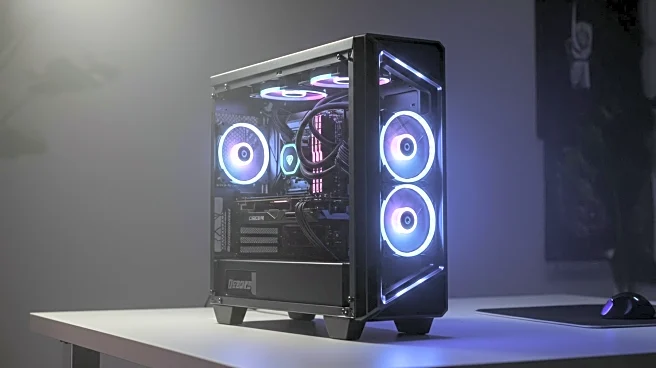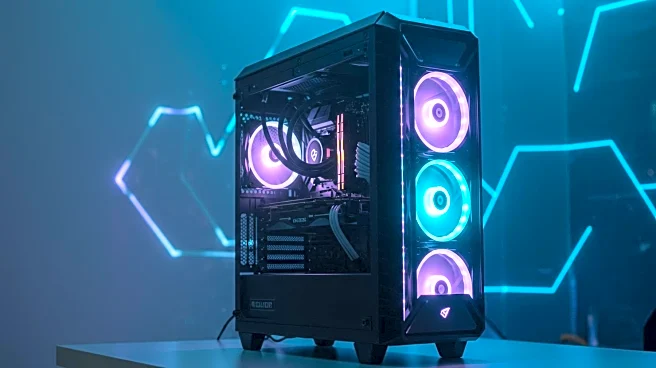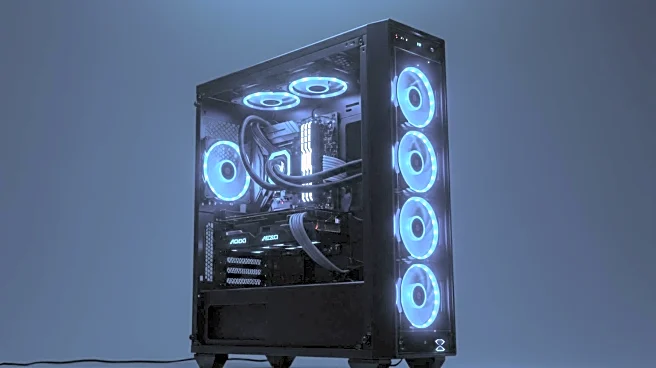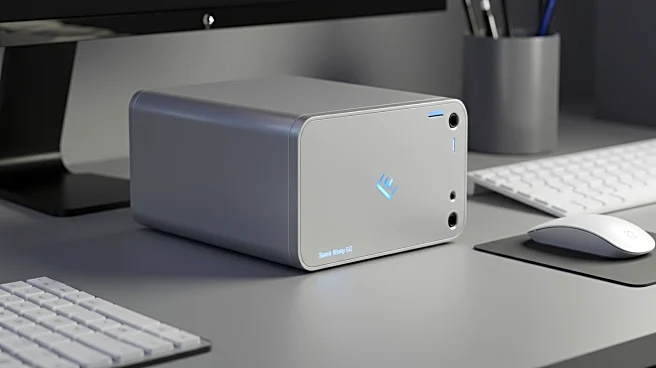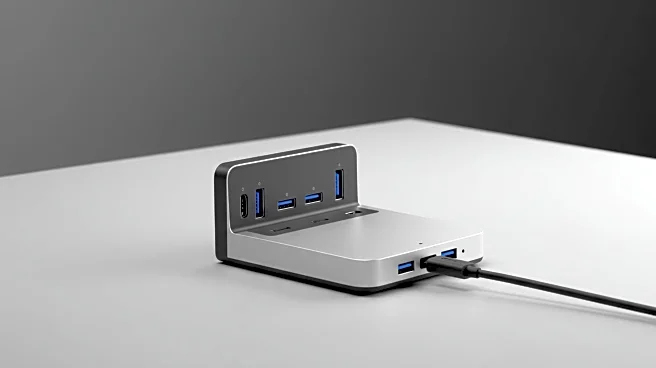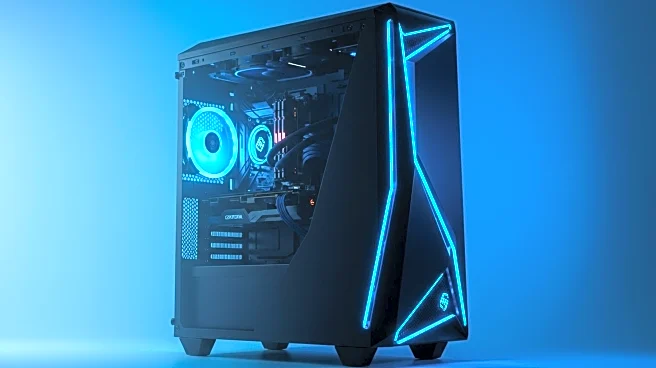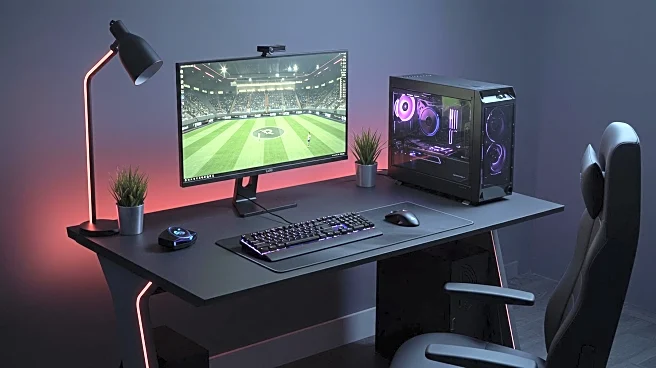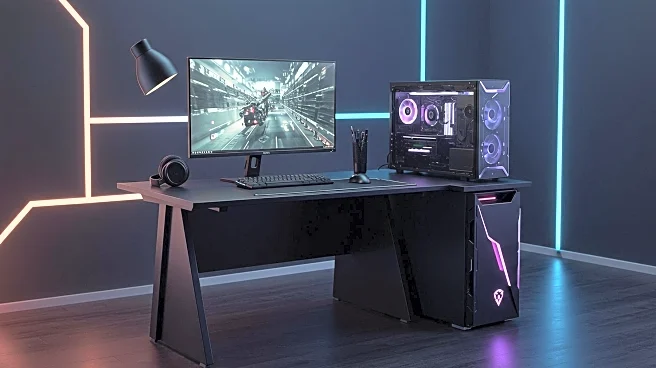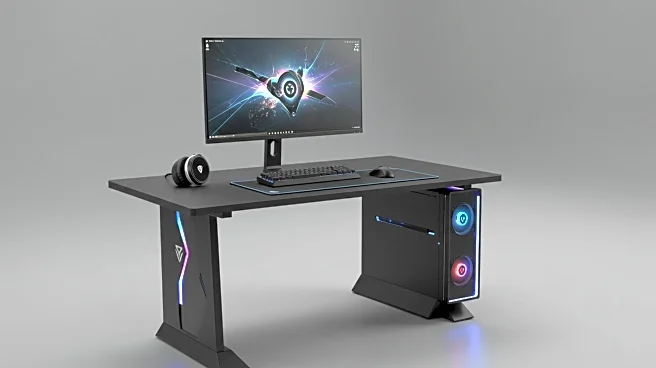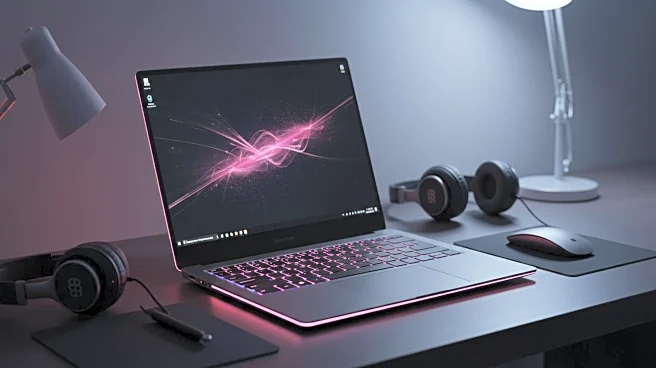What's Happening?
Corsair has announced a price reduction on its Frame 4000D chassis, now available for $105, down from its regular price of $125. This ATX case comes equipped with three ARGB fans, providing value for PC builders looking for aesthetic and functional components. The Frame 4000D supports full-size PSUs and includes cable management features such as Velcro straps and removable mounting points for SSDs or an iCUE Link System Hub. The chassis also features the 'InfiniRail' system, allowing for adjustable fan sizes and supports up to 360 mm radiators on multiple sides. Despite some minor complaints about the PSU shroud's flimsy feel, Corsair plans to address this by using thicker metal in future iterations.
Why It's Important?
The discount on Corsair's Frame 4000D chassis is significant for PC builders seeking quality components at a reduced price. The inclusion of ARGB fans enhances the visual appeal of custom builds, catering to the growing demand for personalized aesthetics in gaming setups. This move by Corsair may influence competitors to offer similar discounts, potentially benefiting consumers with more affordable options. Additionally, the chassis's compatibility with various components and its cable management features make it a practical choice for both novice and experienced builders.
What's Next?
Corsair's decision to use thicker metal in future versions of the Frame 4000D could improve the product's durability and consumer satisfaction. As the company continues to refine its offerings, it may introduce more innovative features to maintain competitiveness in the PC hardware market. Consumers can expect ongoing promotions and discounts as Corsair seeks to expand its market share and attract new customers.
Beyond the Headlines
The Frame 4000D's design reflects a broader trend in the PC hardware industry towards customizable and visually appealing components. As consumers increasingly prioritize aesthetics alongside performance, manufacturers are likely to continue developing products that cater to these preferences. This shift may lead to more collaborations between hardware and software companies to enhance user experience through integrated ecosystems.
